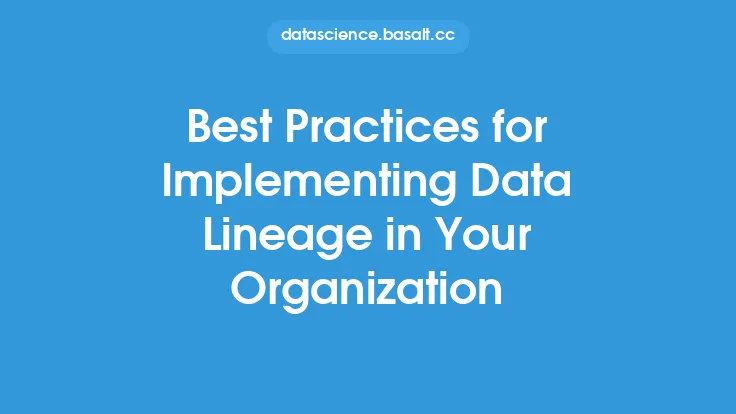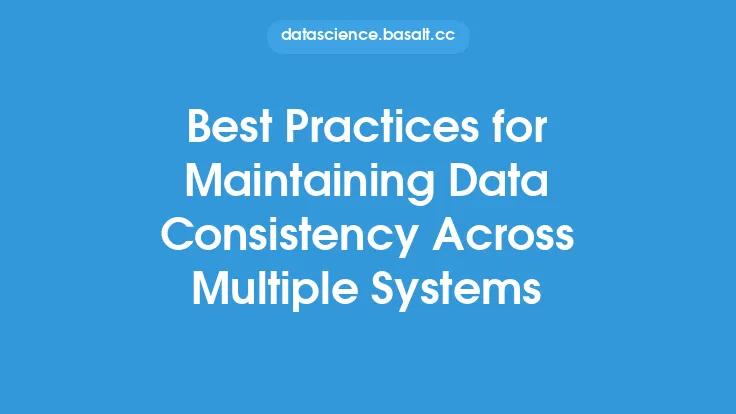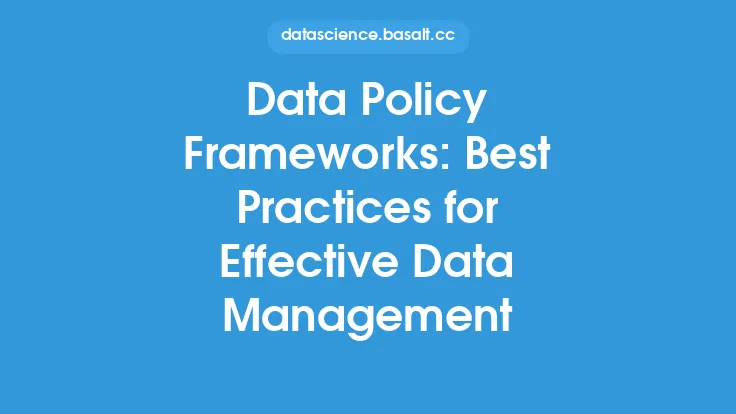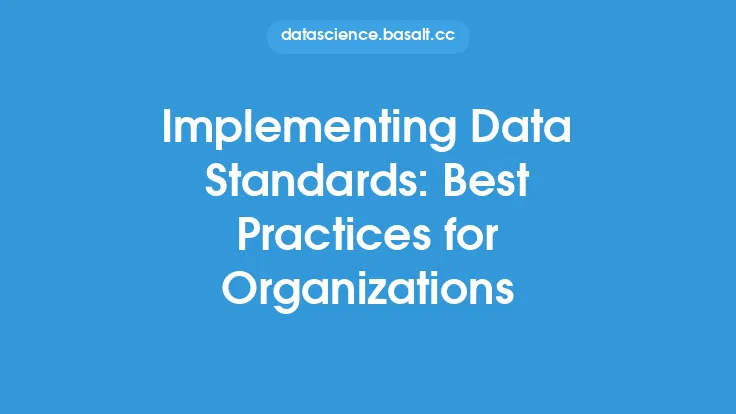Implementing data integration solutions is a complex process that requires careful planning, execution, and maintenance. Data integration involves combining data from multiple sources into a unified view, enabling organizations to make informed decisions, improve operational efficiency, and enhance customer experiences. To achieve these benefits, it is essential to follow best practices for implementing data integration solutions.
Introduction to Data Integration Solutions
Data integration solutions are designed to connect disparate data sources, transform and process the data, and load it into a target system. The goal of data integration is to provide a single, unified view of the data, making it easier to access, analyze, and use. There are several types of data integration solutions, including Extract, Transform, Load (ETL), Extract, Load, Transform (ELT), and Change Data Capture (CDC). Each type of solution has its strengths and weaknesses, and the choice of solution depends on the specific needs of the organization.
Assessing Data Integration Requirements
Before implementing a data integration solution, it is essential to assess the organization's data integration requirements. This involves identifying the data sources, determining the data quality, and defining the data transformation rules. The assessment should also consider the scalability, performance, and security requirements of the solution. Additionally, it is crucial to evaluate the existing infrastructure, including the hardware, software, and network resources, to ensure that they can support the data integration solution.
Designing a Data Integration Architecture
A well-designed data integration architecture is critical to the success of the solution. The architecture should be flexible, scalable, and able to handle large volumes of data. It should also be able to integrate with existing systems and applications, and provide real-time data processing and analytics capabilities. The architecture should include a data governance framework, which defines the policies, procedures, and standards for managing the data. The framework should also include data quality checks, data validation, and data cleansing processes to ensure that the data is accurate, complete, and consistent.
Choosing the Right Data Integration Tools
There are many data integration tools available, each with its strengths and weaknesses. The choice of tool depends on the specific needs of the organization, including the type of data, the data volume, and the data complexity. Some popular data integration tools include Apache NiFi, Apache Beam, and Talend. These tools provide a range of features, including data ingestion, data processing, and data loading, as well as data transformation, data quality, and data governance capabilities.
Implementing Data Integration Security and Governance
Data integration security and governance are critical components of a data integration solution. The solution should include robust security measures, such as encryption, authentication, and authorization, to protect the data from unauthorized access. The solution should also include data governance policies and procedures, which define the rules and standards for managing the data. The policies and procedures should include data quality checks, data validation, and data cleansing processes to ensure that the data is accurate, complete, and consistent.
Testing and Validating Data Integration Solutions
Testing and validating data integration solutions are essential to ensuring that the solution meets the organization's requirements. The testing should include unit testing, integration testing, and performance testing to ensure that the solution is working correctly and efficiently. The validation should include data quality checks, data validation, and data cleansing processes to ensure that the data is accurate, complete, and consistent. Additionally, the testing and validation should include user acceptance testing (UAT) to ensure that the solution meets the user's requirements.
Deploying and Maintaining Data Integration Solutions
Deploying and maintaining data integration solutions require careful planning and execution. The deployment should include a phased rollout, which allows for testing and validation of the solution in a controlled environment. The maintenance should include regular monitoring, troubleshooting, and updates to ensure that the solution is working correctly and efficiently. Additionally, the maintenance should include data quality checks, data validation, and data cleansing processes to ensure that the data is accurate, complete, and consistent.
Monitoring and Optimizing Data Integration Solutions
Monitoring and optimizing data integration solutions are critical to ensuring that the solution is working correctly and efficiently. The monitoring should include real-time monitoring of the data integration process, which allows for quick identification and resolution of issues. The optimization should include regular analysis of the data integration process, which allows for identification of areas for improvement. Additionally, the optimization should include implementation of best practices, such as data partitioning, data indexing, and data caching, to improve the performance of the solution.
Conclusion
Implementing data integration solutions is a complex process that requires careful planning, execution, and maintenance. By following best practices, such as assessing data integration requirements, designing a data integration architecture, choosing the right data integration tools, implementing data integration security and governance, testing and validating data integration solutions, deploying and maintaining data integration solutions, and monitoring and optimizing data integration solutions, organizations can ensure that their data integration solution meets their needs and provides a strong foundation for informed decision-making, improved operational efficiency, and enhanced customer experiences.





